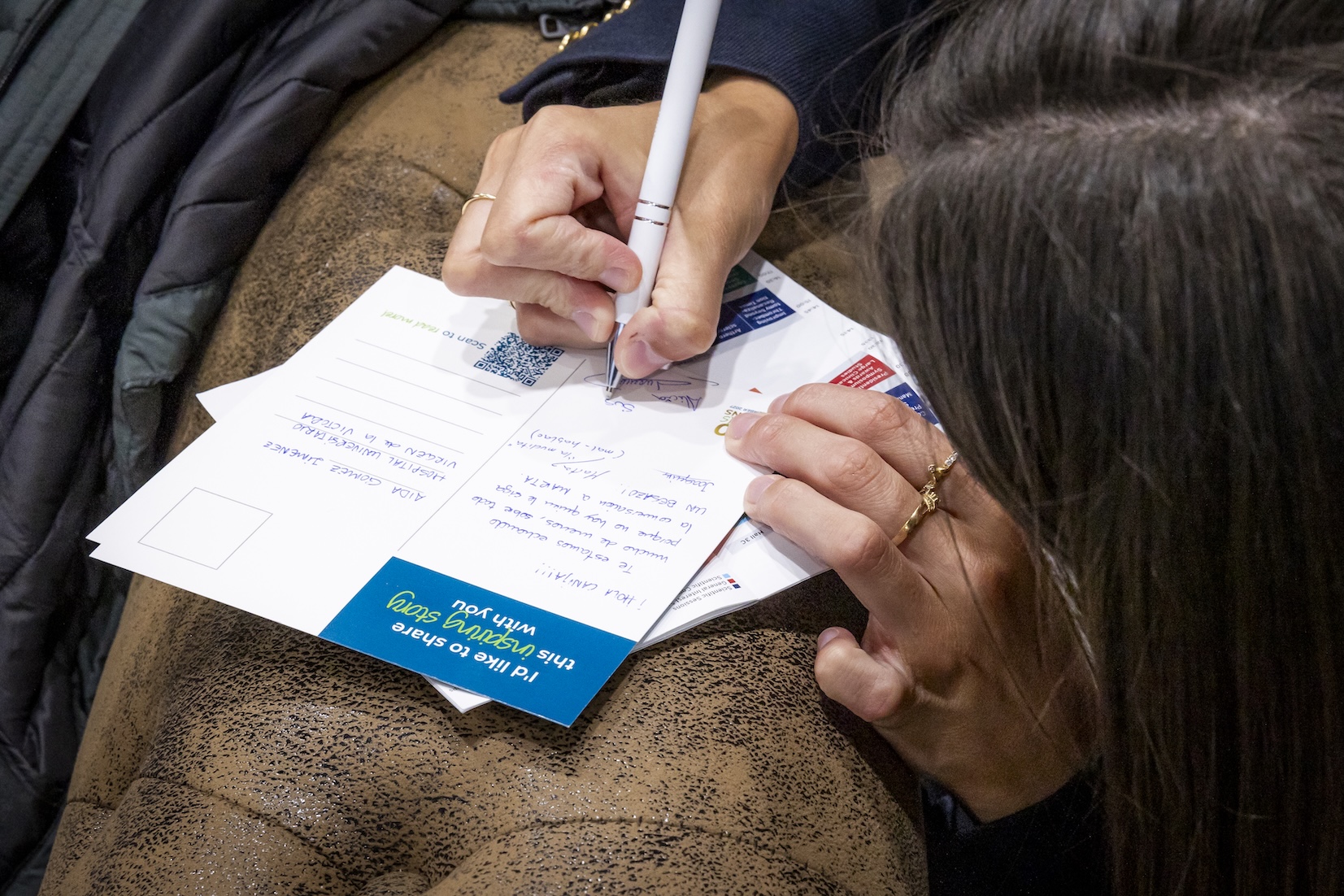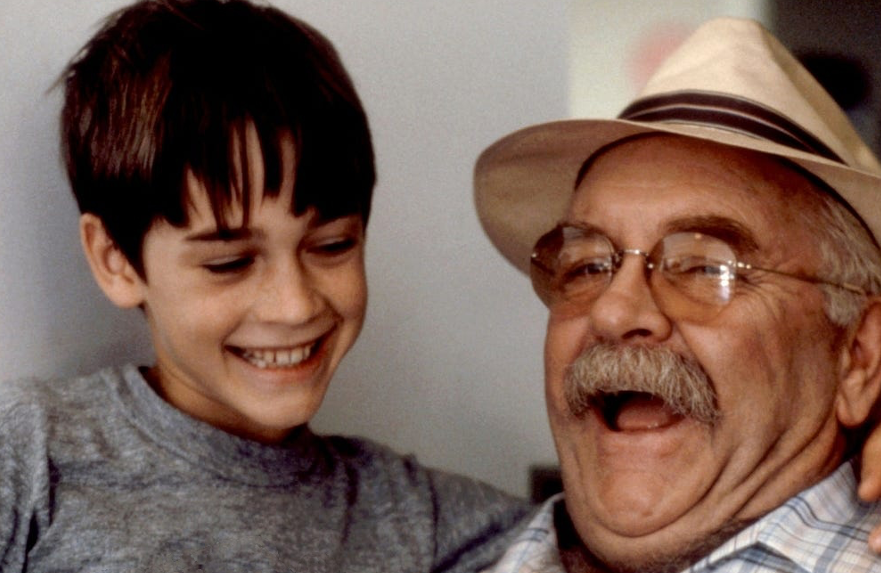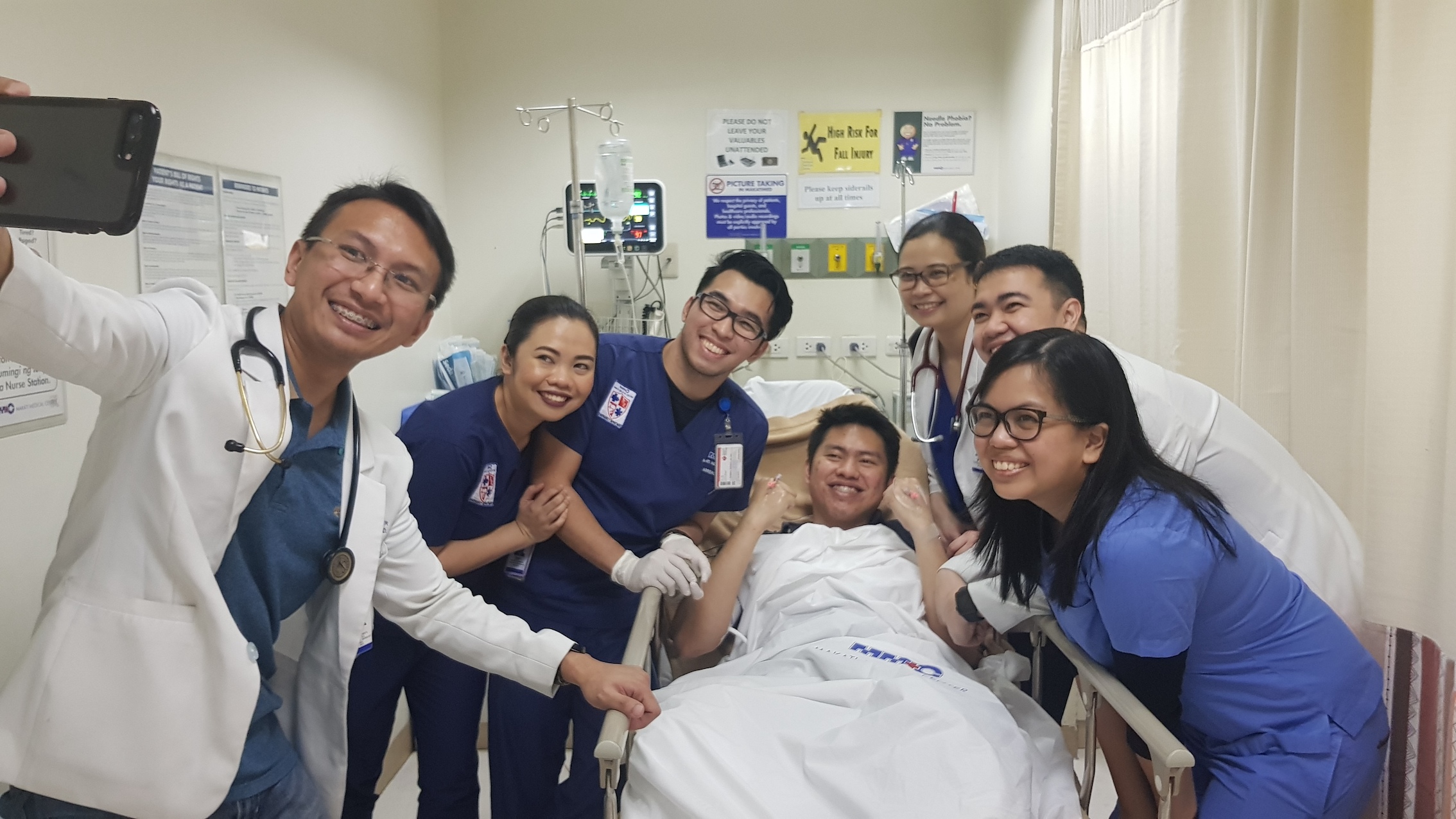
MAKATI는 필리핀의 수도 지역과 심장 및 중추 신경을 구성하는 16개 대도시 중 하나입니다. 또한 메트로 마닐라의 중심부에 위치한 마천루, 고급 몰, 고급 호텔, 도시 공원으로 구성된 스릴 넘치는 미로인 이 나라의 금융 센터이기도 합니다.
주요 도로와 도로를 통해 쉽게 접근할 수 있는 Makati Medical Centre는 밤에 마카티의 명소처럼 눈부신 명성을 자랑하는 개인 3차 병원입니다.
마카티가 이 나라에서 가장 중요한 비즈니스 지구가 되기 시작하면서 필리핀의 유명한 의사들과 비즈니스맨들이 60년대 후반에 설립한 이 병원은 세계적인 수준의 의료 시설이자 필리핀 최고의 병원 중 하나입니다.
지난 50년 동안, MakatiMed는 뛰어난 간호사를 위한 Daisy Award에 대한 COVID-19 대응을 인정하는 2개의 국제적인 상을 통해 수많은 로렐을 수상했습니다. 그러나 최근 필리핀 의료 분야의 이 밝은 곳에서는 뇌졸중 치료의 우수성으로 WSO Angels 다이아몬드상을 수상한 후 약간의 광채를 얻었습니다. MakatiMed는 필리핀에서 이 지위를 획득한 최초의 유일한 민간 병원이며 필리핀 전역에서 단 5개의 다이아몬드 병원 중 하나입니다.
신경학과에서 이미 많은 사람들이 참석한 시상식 벽에 있는 이 최신 아콜레이드는 10개, 즉 2019년 이래로 이 병원이 수상한 8개의 금상과 2개의 백금상을 수상했습니다.
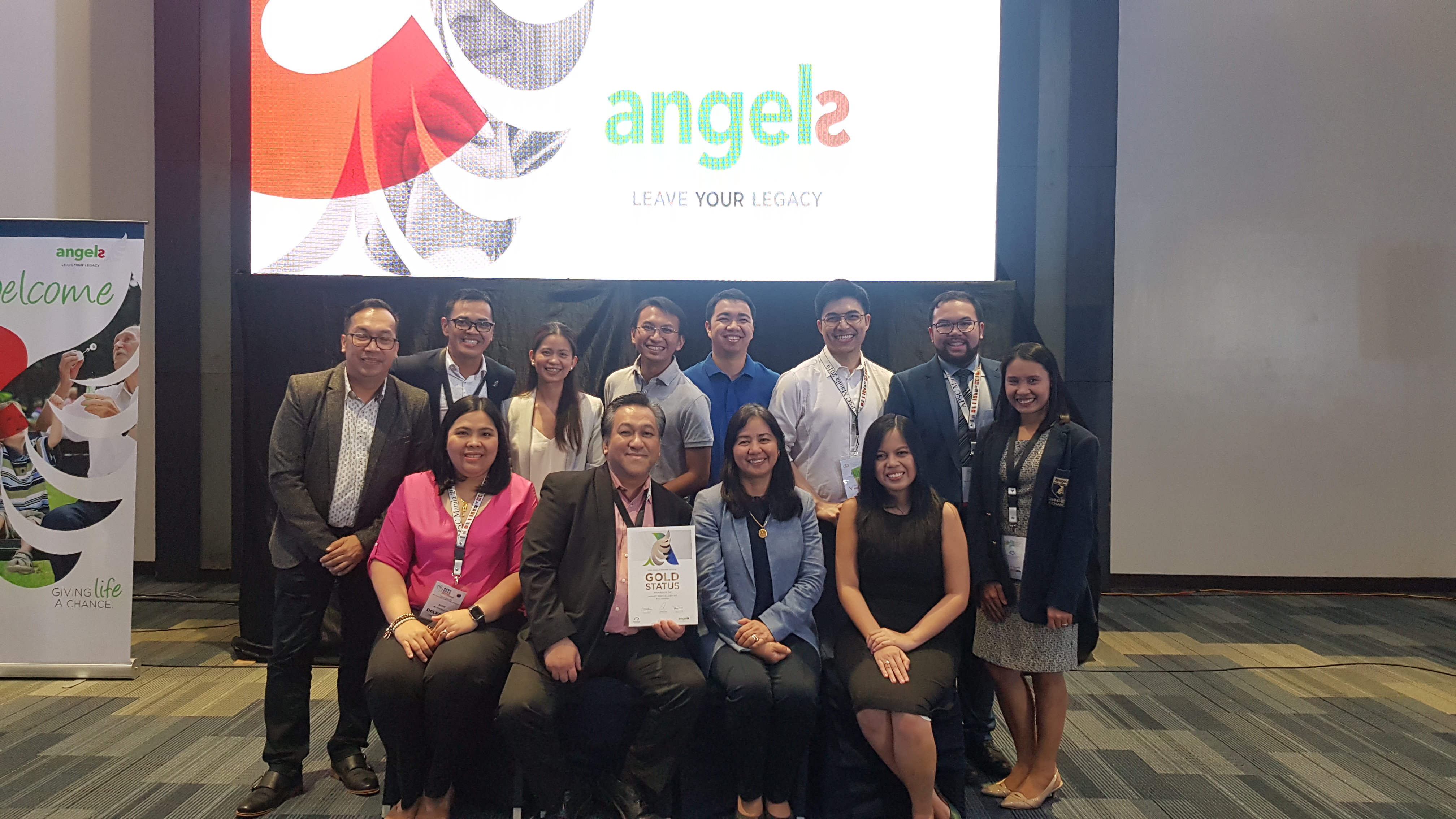
뇌졸중 챔피언 만나기
필리핀에서 두 번째로 많은 수의 WSO Angels Awards를 수상한 MakatiMed와 마찬가지로 필리핀의 뇌졸중 케어는 2023년 초에 시작된 인증 프로그램인 필리핀 뇌졸중 학회(Stroke Society of the Philippines, SSP)가 주도한 많은 추진력과 함께 획기적인 순간을 즐기고 있습니다.
급성 뇌졸중 준비 병원(ASRH) 인증 프로그램은 뇌졸중 환자에게 즉각적이고 시간적으로 중요한 치료를 제공할 수 있는 병원을 인정합니다. 이러한 ASRH 인증 병원은 SSP 위원회로부터 교육과 지침, 그리고 뇌졸중 환자에게 양질의 의료 서비스를 제공하는 기관으로서의 인정을 우선적으로 받습니다. 이들은 결과적으로 치료를 최적화하기 위한 도구로서 품질 모니터링 구현하는 것을 포함하는 지속적인 개선 프로그램에 전념합니다.
최근 마닐라의 품질 모니터링 워크숍에서 ASRH 인증 병원은 SSP가 승인한 국제 뇌졸중 치료 품질 개선 레지스트리인 RES-Q에서 데이터 보고에 대한 충돌 과정을 받았습니다. 병원들이 WSO Angels Awards를 통해 저성과를 분석하고 문제를 해결하며 인정을 받을 수 있도록 도울 뿐만 아니라, 품질 모니터링 향한 이러한 포괄적인 추진을 통해 SSP는 한 국가에서 뇌졸중 치료 진행 상황을 추적할 수 있습니다.
마카티메드가 RES-Q 플랫폼에서 데이터를 공유한 최초의 뇌졸중 치료 인증 병원 중 하나라는 사실은 필리핀 병력에 일부 뿌리를 두고 있습니다. 병원의 2019년 RES-Q 채택 결정은 아버지인 DrMartesio Perez의 유산을 계속 이어가고 있는 2세대 신경과 전문의인 Cymbeline Perez-Santiago 박사가 주도했습니다. 유산 필리핀의 신경과학 개척자로 인정받은 Dr Perez의 뇌졸중 치료용 혈전용해제 사용은 New England Journal of Medicine에 발표된 1995년 연구를 앞두고 있으며, 이는 허혈성 뇌졸중의 최적 표준 치료법이 되는 혈전용해술로 이어집니다.
MakatiMed에서 Santiago 박사는 신경과 과장이며 급성 뇌졸중 병동에서 품질 모니터링 담당합니다.Makati Medical Centre를 뇌졸중 치료의 우수 센터로 만드는 목표는 신경 ICU 및 급성 뇌졸중 병동 책임자인 Raquel M. Alvarez 박사와 신경과 전문의 및 신경과 전문의인 Anna Marie S. Nolido 박사와 공유하는 것입니다. 뇌졸중 뇌졸중
Dr Nolido는 1999년 Columbia에서 초음파 회전을 하는 동안 뇌졸중에 대한 관심이 높아졌으며, 이 때 그녀는 허혈성 뇌졸중 환자를 위한 진단 도구로서의 초음파 사용에 노출되었습니다. 2002년에 MakatiMed에 합류하여 신경혈관 병동을 설립하고 그곳을 이끌었습니다.
마카티메드는 위치와 명성 때문에 마닐라 사회의 상위 및 상위 계층에서 환자를 끌어들이는 경향이 있다고 Nolido 박사는 말합니다. 그러나 대다수는 중앙 비즈니스 지구에서 근무하며, 네트워크 내 서비스 제공자의 서비스를 보장하는 민간 건강 보험 또는 '보험'의 적용을 받습니다. 이는 민간 의료 부문에서 급성 치료의 높은 비용을 고려할 때 중요합니다. 닐로도 박사는 “우리 센터의 성격을 고려할 때, 많은 환자들이 잘 설명되는 한 약물을 감당할 수 있습니다.”라고 말합니다.
유망한 시작
Alvarez 박사의 이름이 익숙해 보이면, 2021년에 WSO 뛰어난 정신상 제1회에서 현재 SSP 회장인 Maria Socorro Sarfati 박사와 함께 후보자였기 때문일 수 있습니다. 이 권위 있는 동료 추천상은 뇌졸중 치료 혁신에 대한 뛰어난 기여를 인정하는 것입니다.
Alvarez 박사는 거의 30년 동안 병원에서 신경과 컨설턴트로 근무했으며, 이 중 2명은 뇌졸중 환자에게 더 나은 결과를 제공하는 데 전념해 왔습니다. 22년 전 뉴욕시 컬럼비아 프레스비테리언 병원에서 뇌졸중에 대한 개척자였던 이 병원은 MakatiMed에서 그녀와 뇌졸중 치료의 전환점을 세웠습니다.
Alvarez 박사는 “Columbia Hospital은 최근 급성 뇌졸중을 혈전용해술로 치료하기 시작했으며, 경험을 공유하는 데 매우 관대했습니다”라고 말합니다.
3개월 후 그녀는 뇌졸중 서비스 및 조직된 뇌졸중 경로를 확립하려는 의도로 마카티로 돌아왔습니다.
신경 반응팀을 구성하는 데에는 시간이 걸렸습니다. Alvarez 박사는 환자가 오른쪽 쇠약과 눈 편위로 응급실에 입원했을 때 여전히 조직화되고 있음을 회상합니다.
MakatiMed에 입원한 대부분의 환자들과 마찬가지로, 이 환자는 중심 업무 지구에서 근무했으며 가까운 거리에서 구급차를 통해 병원에 도착했습니다. Manila의 악명 높은 교통 체증으로 인해 방해받지 않고 그는 치료 기간 내에 병원에 도착하여 마카티메드의 첫 혈전용해 환자가 되었습니다. 결국 퇴원했을 때 그는 직장으로 복귀할 수 있었습니다.
준비되든 안 되든, MakatiMed의 급성 뇌졸중 병동은 고무적인 출발을 했습니다.

속도를 위해 구축된 경로
2018년에 Angels 이니셔티브와 협력하면서 마카티메드에서 뇌졸중 치료를 위한 또 다른 전환점이 예상되었습니다. 신경 반응 팀은 Angels 제공한 모든 지원을 활용하고, 뇌졸중 컨퍼런스에 참석하며, Angels Academy에서 온라인 과정을 이수하고, 품질 격차를 식별하기 위한 시뮬레이션 교육에 참여했습니다. 2019년 첫 번째 금상은 올바른 방향으로 나아가고 있음을 확인시켜 주었습니다. 코로나19가 다음 해에 맞았을 때, 그들은 뇌졸중 경로를 신속하게 개정하여 위기에 적응할 수 있었습니다. 이들은 팬데믹 기간 동안 계속 성공했습니다.
다음 번에는 다이아몬드가 될 수도 있습니다. 병원 이사들은 뇌졸중팀 차례로 금메달을 던지면서 실력을 발휘했습니다. 2022년 말에 첫 번째 플래티넘 어워드는 팁 포인트였으며, 이는 착각적인 다이아몬드들이 마침내 도달 범위 내에 있을 수 있다는 신호입니다.
마침내 다이아몬드 상태를 갖게 된 뇌졸중 경로는 속도를 위해 구축되었습니다. 입구에서 환자를 만나는 보안 요원도 뇌졸중의 징후를 인식하고 응급실로 가는 가장 빠른 경로를 따라 환자를 안내하도록 교육을 받았습니다.
뇌졸중이 의심되는 환자가 응급 상황에 도착하면, 병원의 공공 주소 시스템을 통해 신경 반응팀에 알림이 전송되어 ER에서 현장 검사를 포함한 잘 리허설된 일련의 사건이 진행되고 CT실로 신속하게 이송됩니다. 대혈관 폐색이 의심되는 경우, 진단 시 실수를 배제하기 위해 MRI를 실시하고 혈전제거술팀을 경계한다.
Nolido 박사는 “MRI는 병원에서 주로 사용하는 영상 기법입니다”라고 말하며, ER에 근접했음에도 불구하고 일부 경우 CT 스캔 또는 MRI 영역에서 치료를 시작한다고 덧붙입니다.
뇌졸중 컨설턴트이자 병원의 첫 뇌졸중 동료인 Christine Anne C. Chacon 박사는 뇌졸중 환자들이 MRI 실험실에 우선적으로 접근할 수 있으며, “치료 수준을 높이지만 시간을 저해하지 않는” 가속 MRI 프로토콜 사용한다고 설명합니다.
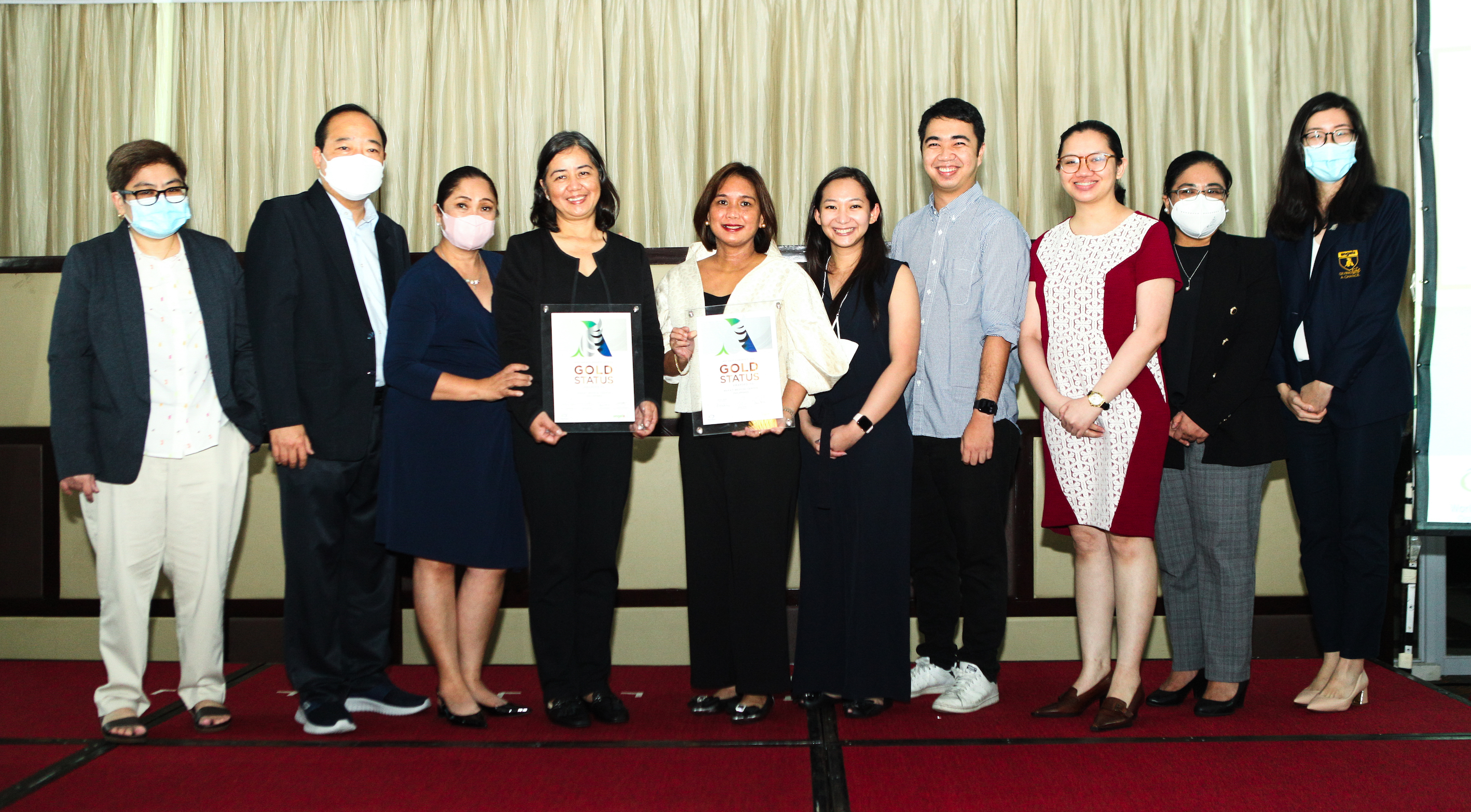
다이아몬드 연마
정상에 도달한 후, 유일한 방법은 마카티메드의 뇌졸중 챔피언들에게 달려 있습니다. 환자가 최고 수준의 치료를 계속 받을 수 있도록 하는 전략은 도착 후 주사바늘을 꽂는 시간을 줄이고 혈전제거술 비율을 높여 더 많은 환자를 더 빨리 치료하는 것으로 해석됩니다.
격차 분석과 시뮬레이션 교육은 여전히 핵심이 될 것이라고 Dr Nolido는 말합니다. “개선해야 할 사항을 파악하기 위해 격차가 있는 곳을 지속적으로 찾아야 합니다.”
이는 또한 모든 사례와 모든 환자의 경로를 평가하기 위한 격주 다학제적 회의의 목적이기도 합니다. 이는 지속적인 개선 접근법의 근간을 형성하는 검증된 품질 모니터링 관행입니다.
급성 뇌졸중 치료에 대한 접근성을 넓히기 위해 이들은 병원 내외에서 인식 교육을 받을 것이며, Alvarez 박사는 일선 병원에서 환자를 받을 수 있는 드립 앤드 쉽 모델을 가능하게 하는 최적화된 의료 수송 서비스를 기대하고 있습니다.
“다이아몬드 어워드는 인센티브입니다.”라고 그녀는 말합니다. “이것이 더 나아지려고 노력하는 것을 중단할 수 있다는 의미는 아닙니다. 최선을 다할 수 있도록 활력을 불어넣어야 합니다.”

